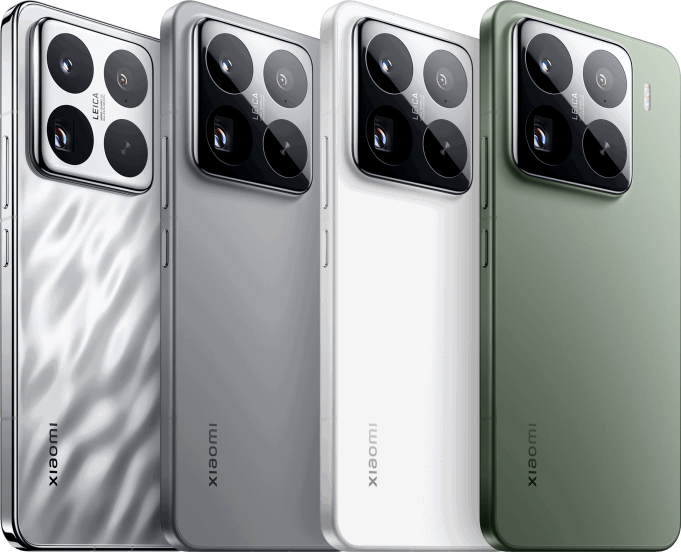A smartwatch isn’t going to replace your smartphone. In fact, it’s more of a smartphone accessory these days. They have tiny screens and many of the apps you use every day — Instagram, Twitter, Facebook — don’t have smartwatch apps. Most smartwatches don’t have LTE (or you have to pay a lot extra for it), meaning they can’t receive calls or texts when your smartphone isn’t nearby.
But there are many advantages to having a smartwatch. They show you who’s calling, texting or emailing you without forcing you to look at your phone. They replace your need for a dedicated fitness tracker — because most smartwatches these days are souped up fitness trackers. And some smartwatches look pretty cool. Whatever your lifestyle and which smartphone you use, you’re bound to find something that suits you.
Not all smartwatches are the same, however. Most fall between a fitness tracker and something that relays smartphone notifications to your wrist. Some smartwatches can work untethered, completely autonomously from a smartphone — you can make calls, send texts and navigate directions, all while your smartphone is miles away. There are also hybrid smartwatches, made by mechanical watch manufacturers like Tag Heuer, Fossil and Withings, that have sensors to track fitness and traditional watch battery that lasts months.
Before pulling the trigger on the latest Apple Watch (the Series 7) or a smartwatch by Samsung or Fitbit— do some research. Make sure it’s a smartwatch that’ll work to its full potential with your current smartphone and matches your budget and how you want to use it. If you work out a lot, get a fitness-focused smartwatch. If you go off the grid, get an LTE-connected one. Whatever your case, make sure you know the basics.
Things to Consider Before You Buy
3G, 4G, 5G, LTE, Bluetooth and Wi-Fi. There are different ways a smartwatch can connect to a smartphone. A Bluetooth-enabled smartwatch pairs with a smartphone just like a Bluetooth speaker. It’s the most basic of connections and has the shortest range; if the smartphone and smartwatch are too far apart, the connection dies. Most smartwatches will connect to a known wi-fi network as well. When connected, the smartwatch can still receive notifications (calls, texts, emails) as long your smartphone has an active data connection.
3G, 4G and 5G describe generations of the cellular network technologies and their subsequent transmission speeds — basically, it’s how fast your smartwatch can load data. A smartwatch with built-in 5G is going to be faster than a smartwatch with built-in 4G (and 4G faster than 3G). However, the difference between smartwatches with 5G, 4G and 3G will admittedly be nominal since neither will be running heavily data-driven apps — and 5G is still in its early stages and most people/cities can’t take advantage of its fast speeds yet.
Most smartwatches are available in LTE or cellular models, too. The main advantage of an LTE connected smartwatch is that it can work completely untethered from a smartphone. Since it has a built-in cellular radio, the smartwatch can place and receive phone calls and stream music independent of your phone. There are a few caveats, though. The battery life will likely be worse. The smartwatch will probably be bulky. And you’ll have to pay a monthly fee to add the smartwatch to your cellular plan. (Consult your cell carrier for exact info.) Plus, they just tend to be more expensive than regular “GPS only” models.
Compatibility. Not all smartwatches are compatible with all smartphones. For example, the Apple Watch only works with an iPhone, and all smartwatches running Android 2.0 will work with any Android, via the Android Wear app, but not all iOS features will carry over and some of the apps work wonky together, such as iMessage and every Android messaging app. Basically, if you own an iPhone, I recommend getting an Apple Watch; and if you have an Android smartphone, get one of the numerous Android 2.0 offerings.
Heart rate sensor. Knowing your heart rate is the most important fitness metric — experts agree. The data, taken both during and after your workout, will help you achieve certain fitness goals. If you’re serious about working out or just improving your cardiovascular health, you want a smartwatch with a heart rate sensor.
Built-in GPS. This is still a rare feature in smartwatches and wearables in general. For fitness, the built-in GPS is able to track speed, distance and location, all of which can help calculate calories burned and determine the overall success of a workout. It can also help give you more accurate weather reports and navigation instructions if your smartphone isn’t nearby (and it won’t kill a lot of data). It’s mainly a tool to gauge fitness, however; like heart-rate sensors, it’s mainly for people into fitness.
Battery life. The main complaint with smartwatches is battery life. There are very few on the market that can last longer than 24 hours, so manage expectations. Most of today’s high-end smartwatches have a bright LCD screen or AMOLED displays, which are beautiful to look at but tend to kill the battery. Basically, expect to take it off at night to charge.
The overall look and lifestyle. At the end of the day, a smartwatch isn’t just another device — it’s part of your wardrobe. You’re not going to put it away when you want, like your smartphone, so you should like the way it looks. Also, smartwatches come in various sizes, colors and materials, and sometimes even in more refined or rugged options.
This content is created and maintained by a third party, and imported onto this page to help users provide their email addresses. You may be able to find more information about this and similar content at piano.io


